The shoe industry in Australia has witnessed exponential growth over the past decade, with increasing disposable incomes and changing fashion trends driving the demand for footwear. The appeal and significance of shoes extend beyond providing comfort and protection, and they are now seen as statement pieces, fashion accessories, and a reflection of one’s personal style. This article explores the key factors contributing to the growing shoe sales in Australia, the market trends and challenges, and the strategies adopted by retailers to stay competitive. 1. Changing Consumer Behavior: Australia’s strong economic growth, rising personal incomes, and changing consumer behavior have significantly impacted the shoe sales industry. With increasing disposable incomes, consumers are willing to spend more on high-quality footwear that offers both comfort and style. Moreover, the growing influence of social media, fashion magazines, and celebrity endorsements has motivated consumers to follow the latest shoe trends, driving the demand for new styles and designs. 2. Market Growth and Segmentation: The shoe sales market in Australia has projected steady growth over the years, attributed to key factors such as population growth, increasing fashion consciousness, and the rise in e-commerce platforms.
leather
 According to market research, the total revenue in the footwear segment is estimated to reach $6.6 billion in 2021, showing a compound annual growth rate of 3.1% from 2016 to 2021. The market is segmented into various categories based on factors such as gender, age, and purpose. Athletic footwear holds the largest share in the market, driven by the growing interest in fitness and sports activities among Australians. Women’s footwear also accounts for a significant portion of the market, as women tend to have more diverse shoe collections to match various outfits and occasions. 3. Online Retailing and E-commerce: The rise of e-commerce platforms has revolutionized the way Australians shop for shoes. Online retailing has gained immense popularity due to its convenience, product variety, and competitive pricing. According to the Australian Bureau of Statistics, online sales accounted for over 9% of the total retail sales in 2020, indicating a growing preference for online shopping. Key players in the shoe sales industry have adapted their business models to cater to online consumers. Major retailers have established e-commerce platforms to reach a wider audience and offer a seamless shopping experience. They have invested in user-friendly websites, mobile applications, and advanced delivery services, ensuring prompt and efficient delivery of shoes across the country.
According to market research, the total revenue in the footwear segment is estimated to reach $6.6 billion in 2021, showing a compound annual growth rate of 3.1% from 2016 to 2021. The market is segmented into various categories based on factors such as gender, age, and purpose. Athletic footwear holds the largest share in the market, driven by the growing interest in fitness and sports activities among Australians. Women’s footwear also accounts for a significant portion of the market, as women tend to have more diverse shoe collections to match various outfits and occasions. 3. Online Retailing and E-commerce: The rise of e-commerce platforms has revolutionized the way Australians shop for shoes. Online retailing has gained immense popularity due to its convenience, product variety, and competitive pricing. According to the Australian Bureau of Statistics, online sales accounted for over 9% of the total retail sales in 2020, indicating a growing preference for online shopping. Key players in the shoe sales industry have adapted their business models to cater to online consumers. Major retailers have established e-commerce platforms to reach a wider audience and offer a seamless shopping experience. They have invested in user-friendly websites, mobile applications, and advanced delivery services, ensuring prompt and efficient delivery of shoes across the country.
Specifications of leather
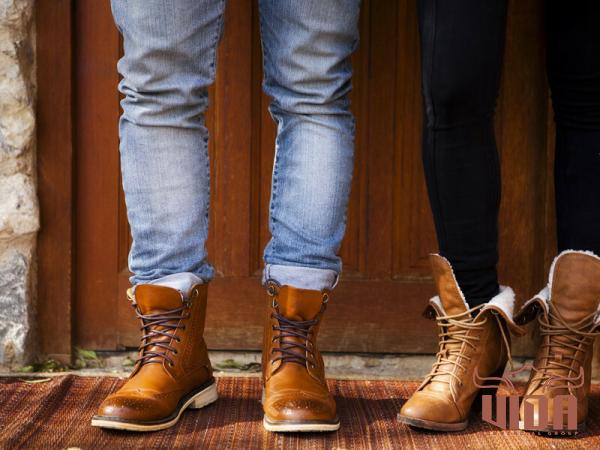 4. Fashion Trends and Seasonal Variations: Fashion trends play a crucial role in driving shoe sales, as consumers seek to keep up with the latest styles and designs. Australia’s multicultural population and diverse fashion influences contribute to an eclectic mix of shoe preferences. Additionally, seasonal variations have a significant impact on shoe sales. For instance, summer is a peak season for sandal sales, while winter sees increased demand for boots and closed-toe shoes. Retailers closely monitor fashion trends, runway shows, and celebrity endorsements to predict and capitalize on consumer preferences. They often collaborate with renowned fashion designers and influencers to create exclusive shoe collections, generating hype and driving sales. 5. Environmental Awareness and Sustainable Footwear: In recent years, there has been a growing awareness of sustainable and ethical practices in the fashion industry, including shoe manufacturing. Consumers are increasingly concerned about the environmental impact of production processes and the materials used in footwear. This has driven many shoe brands to adopt sustainable practices, such as using organic materials, reducing waste, and implementing recycling programs. Shoe retailers are actively promoting their sustainable initiatives through marketing campaigns and labeling, appealing to environmentally conscious consumers. These initiatives not only attract a niche market but also contribute to the overall brand reputation and loyalty.
4. Fashion Trends and Seasonal Variations: Fashion trends play a crucial role in driving shoe sales, as consumers seek to keep up with the latest styles and designs. Australia’s multicultural population and diverse fashion influences contribute to an eclectic mix of shoe preferences. Additionally, seasonal variations have a significant impact on shoe sales. For instance, summer is a peak season for sandal sales, while winter sees increased demand for boots and closed-toe shoes. Retailers closely monitor fashion trends, runway shows, and celebrity endorsements to predict and capitalize on consumer preferences. They often collaborate with renowned fashion designers and influencers to create exclusive shoe collections, generating hype and driving sales. 5. Environmental Awareness and Sustainable Footwear: In recent years, there has been a growing awareness of sustainable and ethical practices in the fashion industry, including shoe manufacturing. Consumers are increasingly concerned about the environmental impact of production processes and the materials used in footwear. This has driven many shoe brands to adopt sustainable practices, such as using organic materials, reducing waste, and implementing recycling programs. Shoe retailers are actively promoting their sustainable initiatives through marketing campaigns and labeling, appealing to environmentally conscious consumers. These initiatives not only attract a niche market but also contribute to the overall brand reputation and loyalty.
buy leather
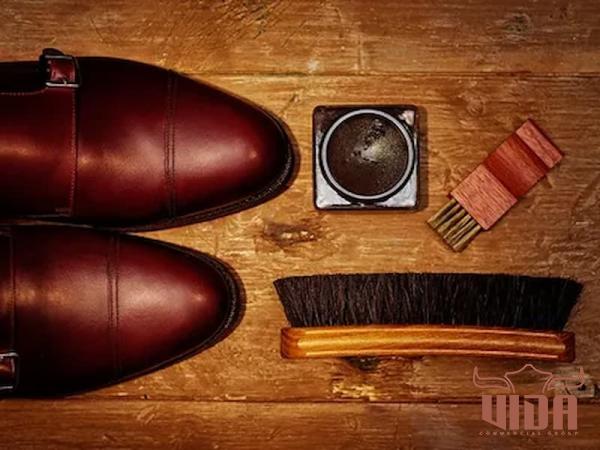 6. Challenges and Opportunities: Although the shoe sales industry in Australia is thriving, it also faces challenges. One of the major challenges is the intense market competition. With the rise of online shopping, smaller retailers face intense competition from major e-commerce platforms and international brands. However, this also presents opportunities for niche retailers to carve out a distinct market presence by offering unique designs, superior customer service, and localized offerings. Another challenge is the changing consumer preferences and ongoing fashion trends. Retailers need to constantly adapt to changing tastes and preferences by updating their inventory, collaborating with designers, and leveraging market research data to stay ahead of the competition. Conclusion: The shoe sales industry in Australia has experienced remarkable growth due to changing consumer behavior, increasing disposable incomes, and evolving fashion trends. Online retailing has played a crucial role in catering to the growing demand and preferences of Australian consumers. As the industry continues to evolve, retailers need to focus on staying relevant through personalized experiences, sustainable practices, and staying ahead of emerging fashion trends. With the right strategies, the shoe sales industry in Australia is likely to maintain its growth trajectory and cater to the evolving needs of consumers.
6. Challenges and Opportunities: Although the shoe sales industry in Australia is thriving, it also faces challenges. One of the major challenges is the intense market competition. With the rise of online shopping, smaller retailers face intense competition from major e-commerce platforms and international brands. However, this also presents opportunities for niche retailers to carve out a distinct market presence by offering unique designs, superior customer service, and localized offerings. Another challenge is the changing consumer preferences and ongoing fashion trends. Retailers need to constantly adapt to changing tastes and preferences by updating their inventory, collaborating with designers, and leveraging market research data to stay ahead of the competition. Conclusion: The shoe sales industry in Australia has experienced remarkable growth due to changing consumer behavior, increasing disposable incomes, and evolving fashion trends. Online retailing has played a crucial role in catering to the growing demand and preferences of Australian consumers. As the industry continues to evolve, retailers need to focus on staying relevant through personalized experiences, sustainable practices, and staying ahead of emerging fashion trends. With the right strategies, the shoe sales industry in Australia is likely to maintain its growth trajectory and cater to the evolving needs of consumers.
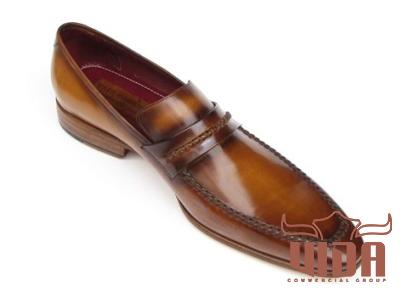
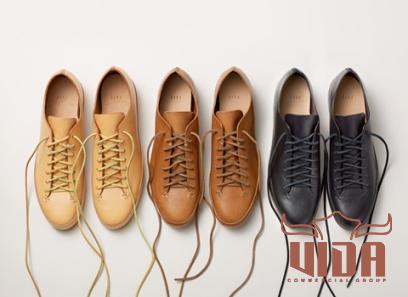
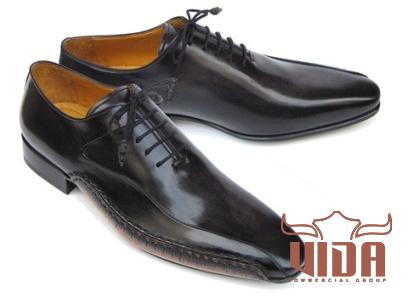
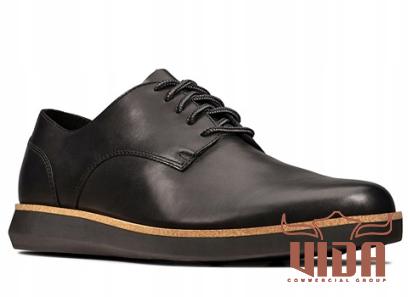
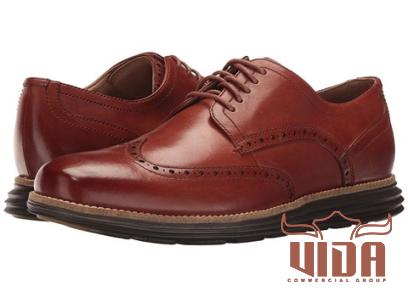
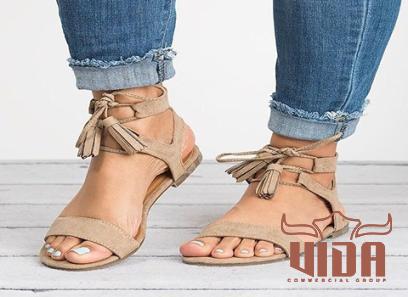
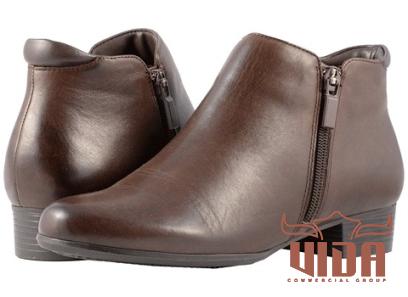
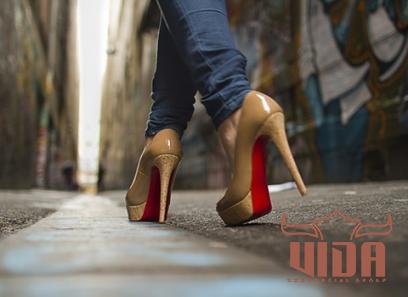
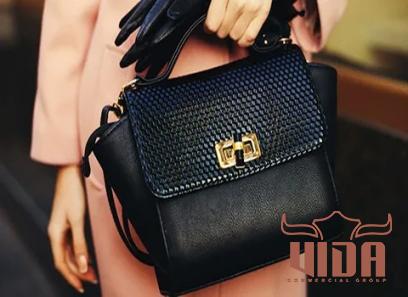
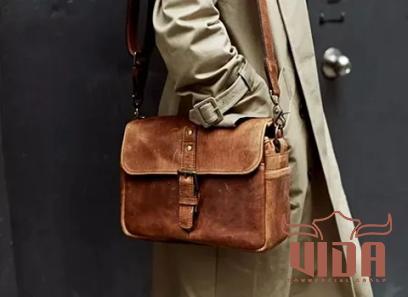
Your comment submitted.